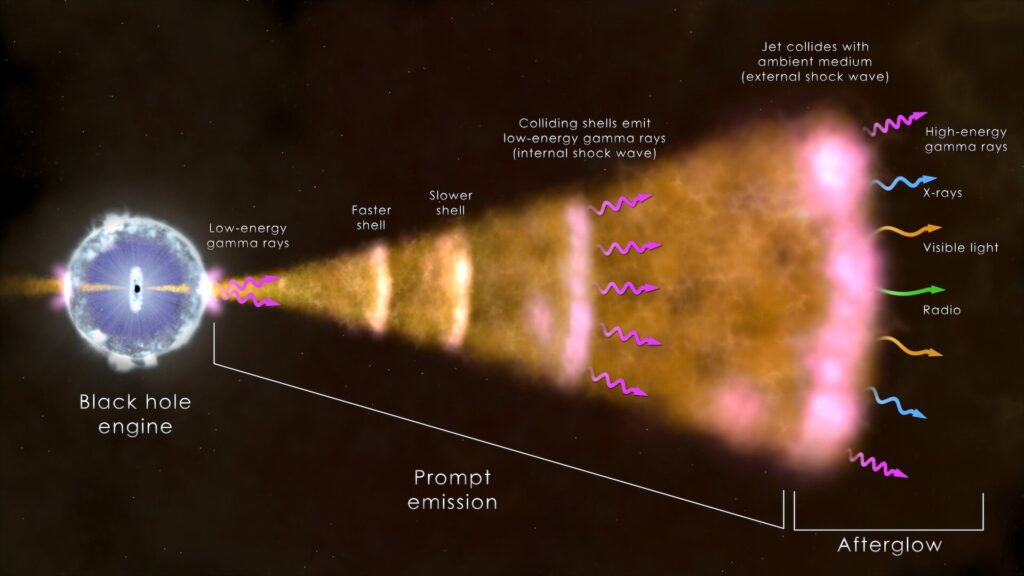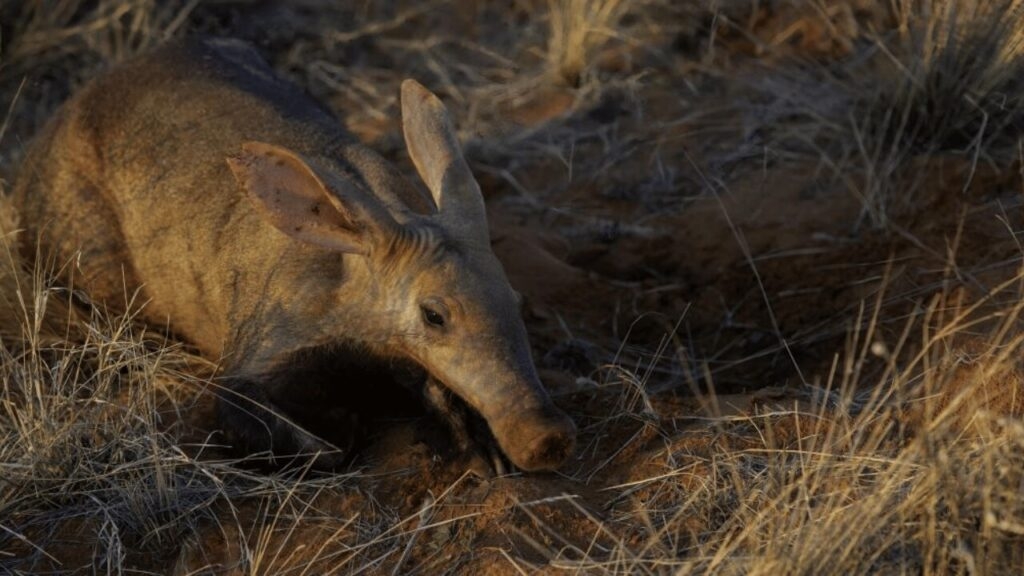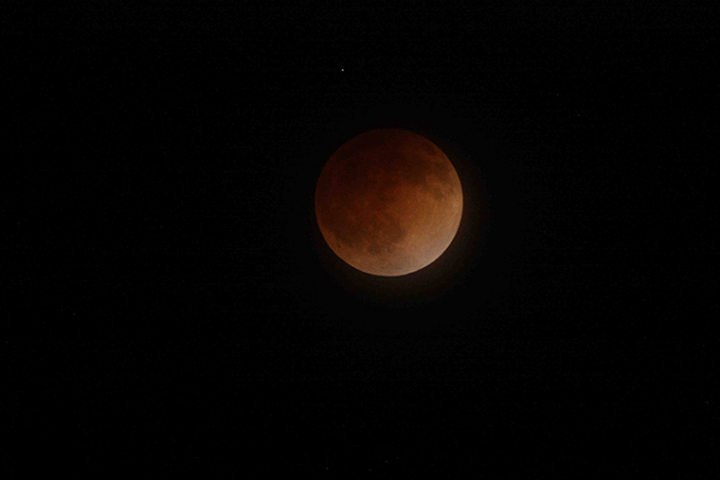On October 9, 2022, Earth was struck by an extraordinarily bright and enduring gamma-ray burst (GRB), named GRB 221009A. Detected by high-energy satellites including ESA’s Integral, this phenomenon was sourced from a star exploding nearly two billion light-years away. Mirko Piersanti, the lead author from the University of L’Aquila, Italy, emphasized its significance, noting it as “probably the brightest gamma-ray burst we have ever detected”.

Gamma-ray bursts, once enigmatic cosmic events, are now understood as massive energy releases from supernovae or neutron star collisions. Pietro Ubertini, co-author and principal investigator for Integral’s IBIS instrument, highlighted the exceptional strength of GRB 221009A, stating, “this is the strongest ever measured.” This burst was so potent that it was ten times stronger than any previous record, an occurrence estimated to happen only once every 10,000 years.
The impact of this GRB was profound. During the 800 seconds of gamma-ray impact, enough energy was released to trigger lightning detectors in India and disturb Earth’s ionosphere for hours. The ionosphere, a layer of electrically charged gases in Earth’s upper atmosphere, extends from 50 km to 950 km in altitude and is critical for radio communications.
For the first time, researchers observed a strong electric field variation in the top-side ionosphere, a testament to the GRB’s power. Erik Kuulkers, ESA Project Scientist, expressed amazement at this discovery, emphasizing how events in deep space can directly affect Earth.
Similar Posts
This GRB, originating from a galaxy almost two billion light-years away, significantly impacted Earth’s lower ionosphere. Laura Hayes, ESA’s research fellow and solar physicist, noted that the disturbance was comparable to a major solar flare, indicating a shift in the ionosphere to lower altitudes.
The event has ignited discussions about the potential impact of a similar gamma-ray burst within our own galaxy. Mirko Piersanti raised concerns about the possibility of such bursts damaging Earth’s ozone layer and allowing harmful ultraviolet radiation to reach the surface, a scenario speculated to be linked to past mass extinctions.
Following this discovery, scientists have begun re-examining data from the China Seismo-Electromagnetic Satellite (CSES) and correlating it with other gamma-ray bursts detected by Integral. This research could open new doors in understanding how Earth interacts with distant cosmic events.
The findings, detailed in the paper “First Evidence of Earth’s top-side ionospheric electric field variation triggered by impulsive cosmic photons” by Piersanti et al., have been published in Nature Communications.


















